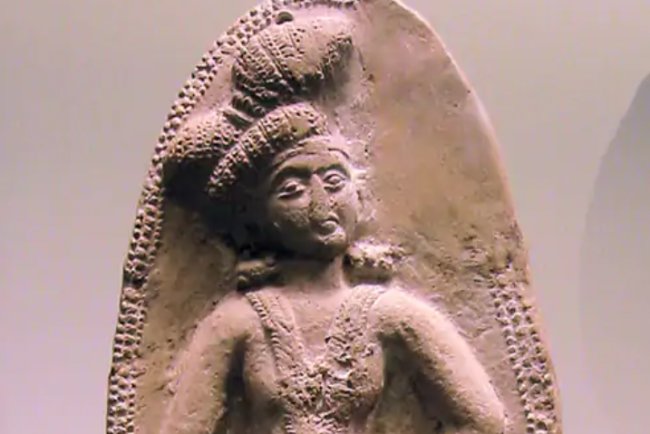Leptobrachium aryatium: New Frog Species Named After Assam’s Arya Vidyapeeth College
After 21 years of research, scientists discover a new frog species ‘Leptobrachium aryatium’ in Northeast India, named in honor of Arya Vidyapeeth College, Assam.

Studied Over 21 Years: New Frog Species ‘Leptobrachium aryatium’ Named After Assam College
In a fascinating discovery that celebrates both scientific perseverance and educational legacy, researchers have identified a new species of frog—Leptobrachium aryatium—after Arya Vidyapeeth College in Assam. This new amphibian has been studied over 21 years, making it a true emblem of dedication, biodiversity, and regional pride.
What is Leptobrachium aryatium?
Belonging to the genus Leptobrachium, the newly discovered frog is part of the Megophryidae family, commonly known as Asian toad-like frogs. These frogs are mostly found in forested areas of Southeast Asia and the Eastern Himalayas.
Leptobrachium aryatium:
- Is endemic to northeastern India
- Was found in Meghalaya and Arunachal Pradesh
- Has unique physical and vocal features
- Was under observation and comparison since 2002
The species is distinguished by its reddish-brown eyes, robust body, and distinct call pattern, setting it apart from its close relatives.
A 21-Year Scientific Journey
The frog’s discovery wasn’t an overnight event. It was the culmination of two decades of field work, lab research, DNA sequencing, and morphological studies carried out by Indian herpetologists and researchers associated with multiple institutions.
The team patiently documented this frog's:
- Behavior
- Breeding patterns
- Habitat preferences
- Genetic divergence from other Leptobrachium species
This long study was critical in avoiding misidentification with closely related frogs in the region.
Why the Name ‘Aryatium’?
The species name "aryatium" is a nod to Arya Vidyapeeth College in Guwahati, Assam, where one of the co-authors of the study, Dr. Jayaditya Purkayastha, completed his undergraduate education.
This naming celebrates:
- The role of local institutions in nurturing scientific minds
- The contribution of regional colleges to ecological research
- The deep connection between academia and biodiversity
It’s a proud moment not only for Arya Vidyapeeth College but for Assam and India’s scientific community at large.
Why This Discovery Matters
1. Biodiversity Highlight
India’s northeastern region is a biodiversity hotspot, yet many species remain undocumented or understudied. Every new discovery helps in:
- Cataloguing native species
- Planning conservation efforts
- Understanding ecosystem dynamics
2. Conservation Perspective
With increasing deforestation, pollution, and habitat loss, amphibians are among the most threatened species worldwide. Identifying and naming new species helps draw attention to their vulnerability.
3. Academic Inspiration
Naming this frog after a college is a great way to inspire students and educators. It shows that grassroots institutions can spark world-class research.
Where Was It Found?
Leptobrachium aryatium has been found in:
- Namdapha National Park, Arunachal Pradesh
- Forested regions of Meghalaya
These regions offer moist, shaded, and undisturbed habitats—ideal conditions for Leptobrachium frogs to thrive.
Key Identifying Features
|
Feature |
Description |
|
Eye Color |
Reddish-brown |
|
Body Size |
Medium, with broad head |
|
Skin Texture |
Slightly rough with tubercles |
|
Call Pattern |
Unique vocalizations |
|
Toe Webbing |
Partial, adapted for forest floor |
Reactions and Recognition
The discovery has been widely celebrated in academic and environmental circles. Arya Vidyapeeth College’s staff and alumni expressed pride in the fact that their institution’s name will now forever be etched in global scientific literature.
This species also joins the elite list of Indian fauna named after educational institutions, setting an inspiring precedent.
Science, Education, and Biodiversity — Together
The discovery of Leptobrachium aryatium is more than just a scientific event. It’s a story of patience, education, and deep connection with nature. As we continue to uncover Earth’s secrets, such moments remind us that regional roots can lead to global recognition.
Let’s celebrate not just the frog—but the forest that hid it, the people who studied it, and the college that inspired its name.
What's Your Reaction?




















